Wing clipping is a common practice among bird owners that, when done correctly, helps keep pet birds safe from fly-away accidents while still allowing them to glide safely to the ground. Many bird owners feel anxious about this procedure, worried they might hurt their feathered companion or clip too much. This comprehensive guide will walk you through the proper techniques, tools, and considerations for humanely clipping your bird’s wings. With the right knowledge and approach, wing clipping can be a stress-free experience for both you and your avian friend, ensuring their safety while preserving their dignity and well-being.
Understanding Why Wing Clipping Is Sometimes Necessary
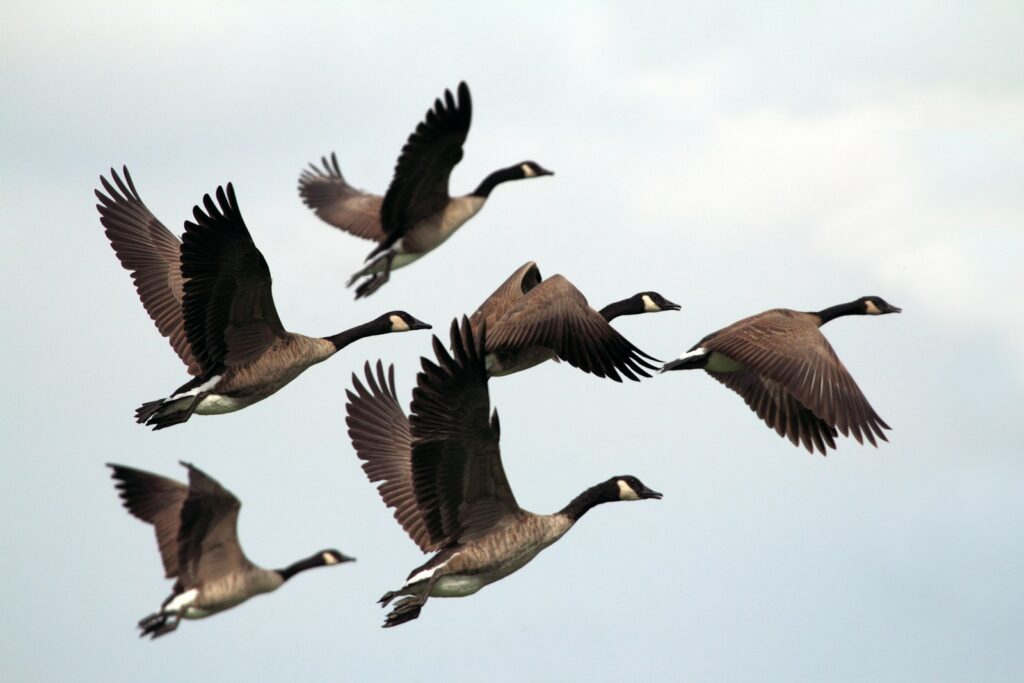
Wing clipping is primarily done as a safety measure for indoor pet birds to prevent them from flying into dangers like ceiling fans, hot stoves, or out open doors and windows. A properly clipped bird can still glide downward and land safely, maintaining exercise capabilities while preventing full, sustained flight. Many avian veterinarians recommend selective wing clipping for birds that aren’t fully accustomed to their home environment or for households where doors and windows are frequently opened. It’s important to understand that wing clipping is temporary—when your bird molts, the clipped feathers will be replaced with new ones, requiring periodic maintenance if you wish to continue limiting flight capabilities.
When Wing Clipping Should Be Avoided
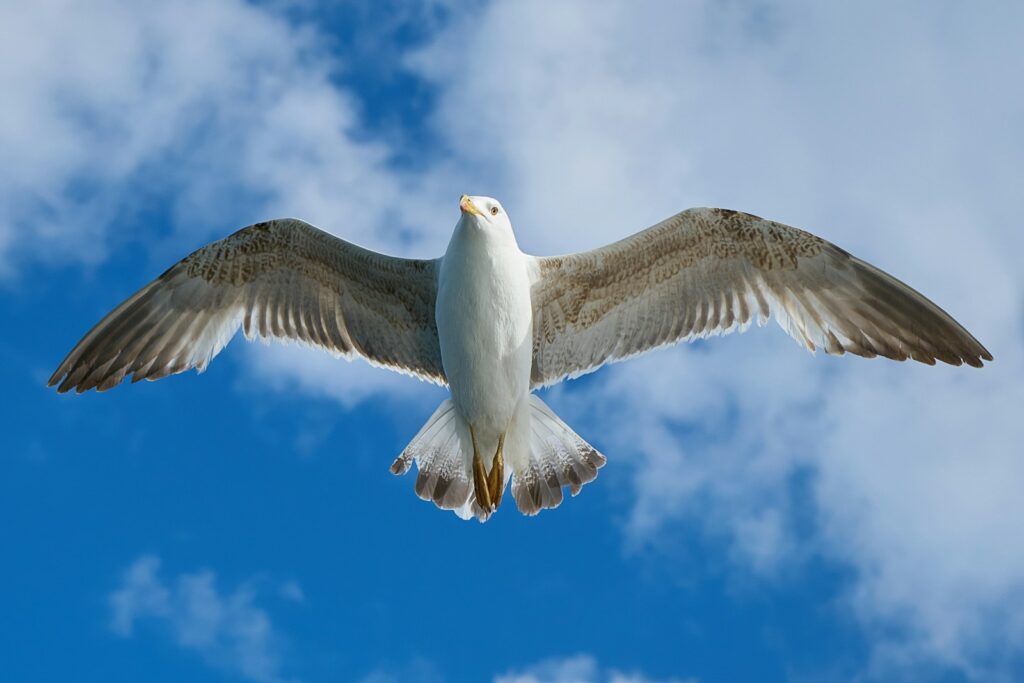
Despite its benefits, wing clipping isn’t appropriate in all situations and should be carefully considered. Birds who are very young and still developing their flight muscles and coordination skills should generally not have their wings clipped, as flight is crucial for proper muscular and skeletal development. Similarly, birds that live in outdoor aviaries where flight is essential for predator evasion should retain their full flight capabilities. Wing clipping should also be avoided during molting periods when blood feathers (new feathers with active blood supply) are present, as these can bleed profusely if accidentally cut. If your bird uses flight as its primary exercise method and no alternative exercise opportunities exist, maintaining flight abilities might be preferred for physical and psychological health.
Essential Tools for Safe Wing Clipping
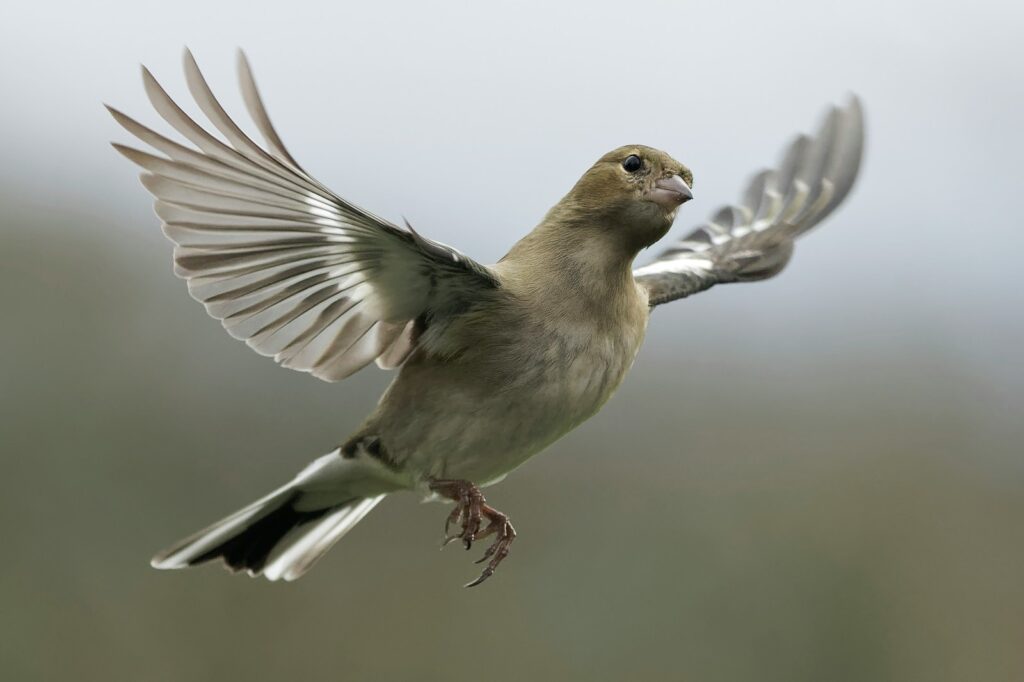
Having the right tools is crucial for a safe wing clipping procedure that minimizes stress for both you and your bird. The most important tool is a pair of sharp, clean scissors specifically designed for wing clipping—blunt-tipped scissors are preferable to reduce the risk of accidental injury. A small towel made of soft, breathable fabric will help you gently restrain your bird during the procedure without causing undue stress. Good lighting is essential for clearly seeing which feathers you’re clipping and avoiding blood feathers. Some bird owners find that having styptic powder on hand provides peace of mind, as it can quickly stop bleeding if an accident occurs. For very nervous birds or first-time clippers, having a second person to help hold the bird can make the process much safer and less stressful.
Identifying Primary Flight Feathers
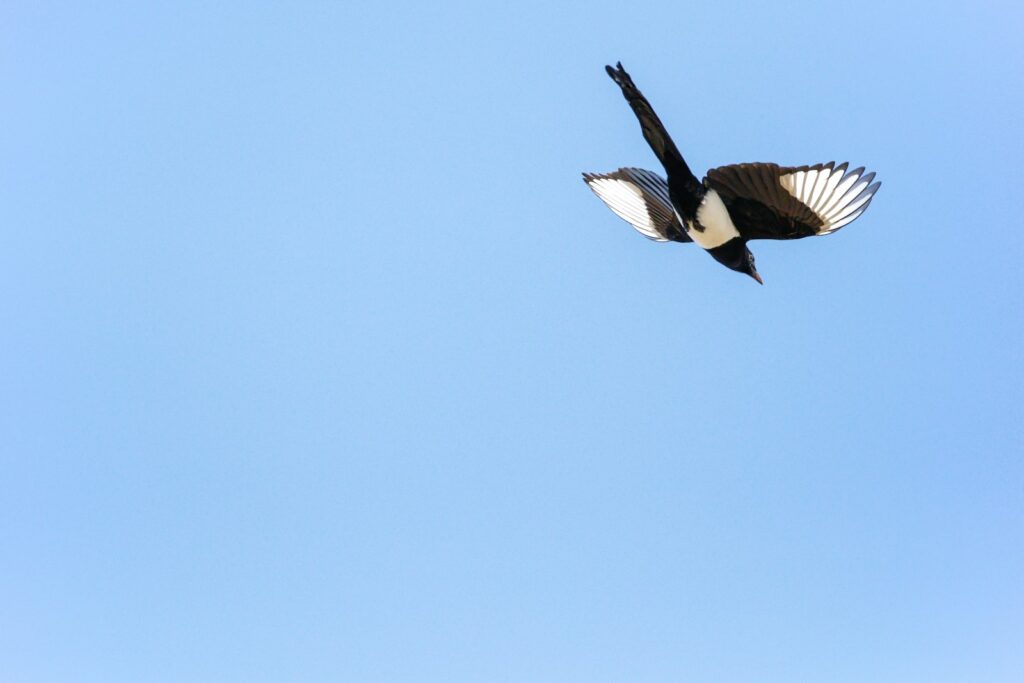
Before attempting to clip your bird’s wings, you must be able to correctly identify the primary flight feathers, which are the targets of a proper wing clip. Primary flight feathers are the long feathers located at the outermost part of the wing (farthest from the bird’s body) and are responsible for providing lift and thrust during flight. On most pet birds, there are typically 10 primary flight feathers on each wing, though this can vary slightly by species. These feathers are usually noticeably longer than the secondary feathers, which are located closer to the body. When you spread your bird’s wing gently, primaries are the longest, outermost feathers that form the wing’s trailing edge during flight. Being able to confidently identify these feathers is crucial because clipping secondary feathers or coverts instead of primaries will not effectively limit flight while potentially causing unnecessary stress to your bird.
How to Identify Blood Feathers
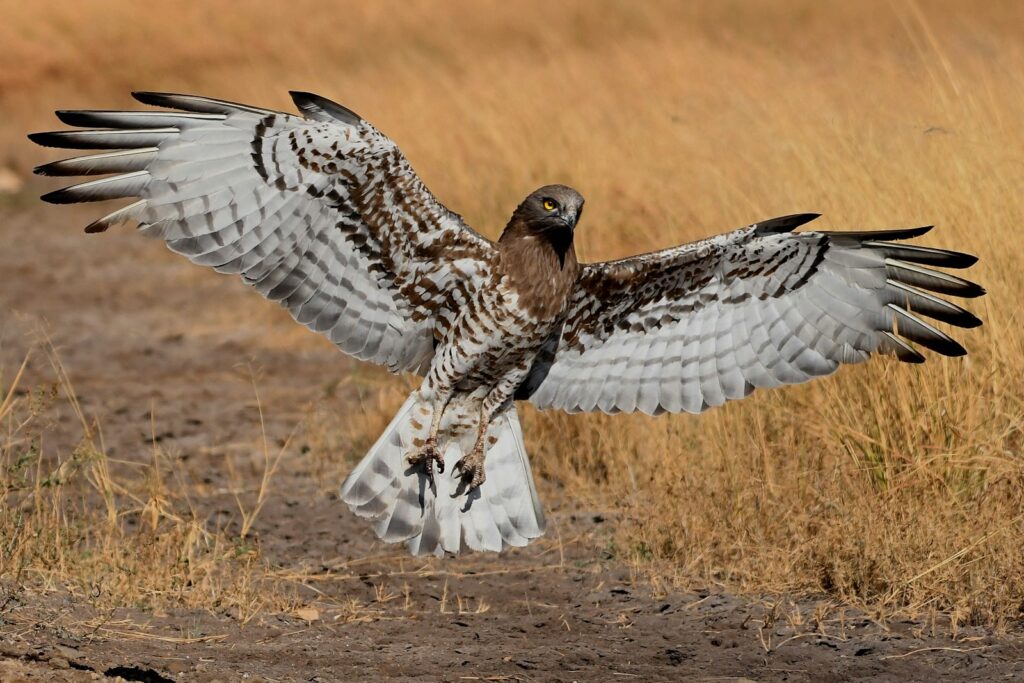
Blood feathers are newly growing feathers that have an active blood supply running through their shaft, making them dangerous to clip as they can cause significant bleeding if cut. You can identify blood feathers by their appearance—they have a dark, bluish-purple shaft that contains the blood vessel, and they often appear shorter than fully grown feathers since they’re still developing. When you gently spread your bird’s wing, blood feathers may also have a waxy protective sheath around part of the feather, which is another identifying characteristic. These feathers feel warm to the touch compared to fully developed feathers because of the active blood flow. If you spot any blood feathers among the primaries you plan to clip, it’s best to postpone the wing clipping until these feathers have fully developed, typically taking about 2-3 weeks depending on the species.
Properly Restraining Your Bird

Safe restraint techniques are essential for wing clipping to protect both you and your bird from injury during the procedure. The most common and effective method involves wrapping your bird gently in a soft towel, creating what is often called a “bird burrito” that immobilizes the body while leaving one wing accessible at a time. Place your bird so its back is against your palm, then gently wrap the towel around its body, keeping the head exposed for comfort and breathing. Your thumb and index finger should lightly hold the head to prevent biting while being careful not to restrict breathing or apply pressure to the chest. For smaller birds like budgies or cockatiels, some owners use a “towel tent” technique, where the bird sits on a flat surface with a light towel draped over it, lifting only the section needed to access each wing. Throughout the restraint process, speak calmly and reassuringly to your bird, as your tone can significantly impact their stress level.
Step-by-Step Wing Clipping Technique
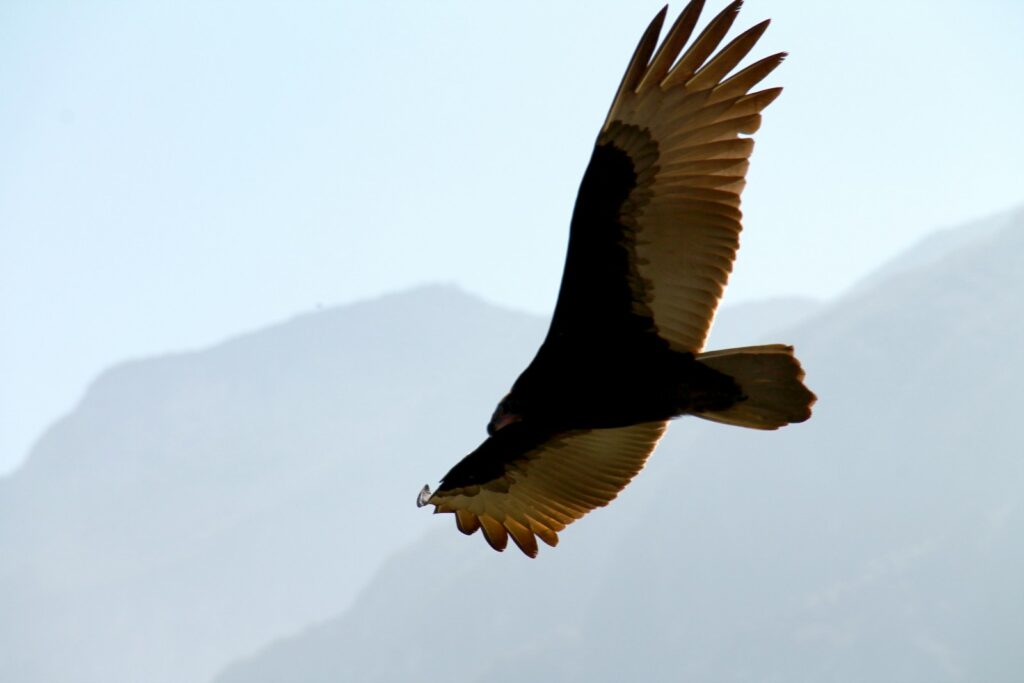
Once your bird is properly restrained, gently extend one wing by holding the “wrist” joint with your thumb and forefinger, exposing the primary flight feathers fully. Identify the primaries and carefully check for any blood feathers that should be avoided. Using your sharp, blunt-tipped scissors, clip only the primary flight feathers, cutting each feather about midway between the covert feathers (the shorter feathers that overlap the base of the primaries) and the tip of the feather. Typically, clipping 5-6 of the outermost primary feathers on each wing provides adequate flight restriction while still allowing safe gliding. Make clean, decisive cuts to avoid fraying the feather shafts, which can be uncomfortable for your bird. After completing one wing, carefully shift your restraint to access the other wing and repeat the process, taking care to clip approximately the same number of feathers on both sides to maintain balance during gliding.
Conservative vs. Moderate Clipping Approaches

The extent of wing clipping should be tailored to your bird’s specific needs and situation, with options ranging from conservative to moderate clips. A conservative clip involves trimming just 4-5 of the outermost primary feathers, allowing the bird to gain some height and maintain more maneuverability while preventing sustained flight. This approach is often suitable for birds that need only slight flight restriction or for species that naturally aren’t strong flyers. A moderate clip typically involves trimming 6-7 primaries, which significantly limits flight capabilities while still allowing safe downward gliding. This approach is generally recommended for most household pet birds, providing a good balance between safety and exercise. Extreme clips that remove too many feathers or cut them too short should be avoided, as they can cause birds to drop like stones when attempting to fly, potentially resulting in injuries to their keel (breastbone) or legs.
Ensuring Even Clipping for Balance

Symmetrical wing clipping is crucial for your bird’s safety and comfort, as uneven clips can cause the bird to list to one side during attempted flight or gliding. Take care to clip the same number of feathers on each wing, and trim each feather to approximately the same length. After completing both wings, visually compare them to ensure symmetry before releasing your bird from restraint. Some bird owners find it helpful to lay the clipped feathers side by side in the order they were cut to verify that an equal number have been removed from each wing. If you notice after release that your bird seems to favor one side or struggles to maintain balance when gliding, you may need to adjust the clip slightly to create better symmetry. Remember that even perfectly symmetrical clips require an adjustment period as your bird adapts to its altered flight capabilities.
What to Do If Accidental Bleeding Occurs
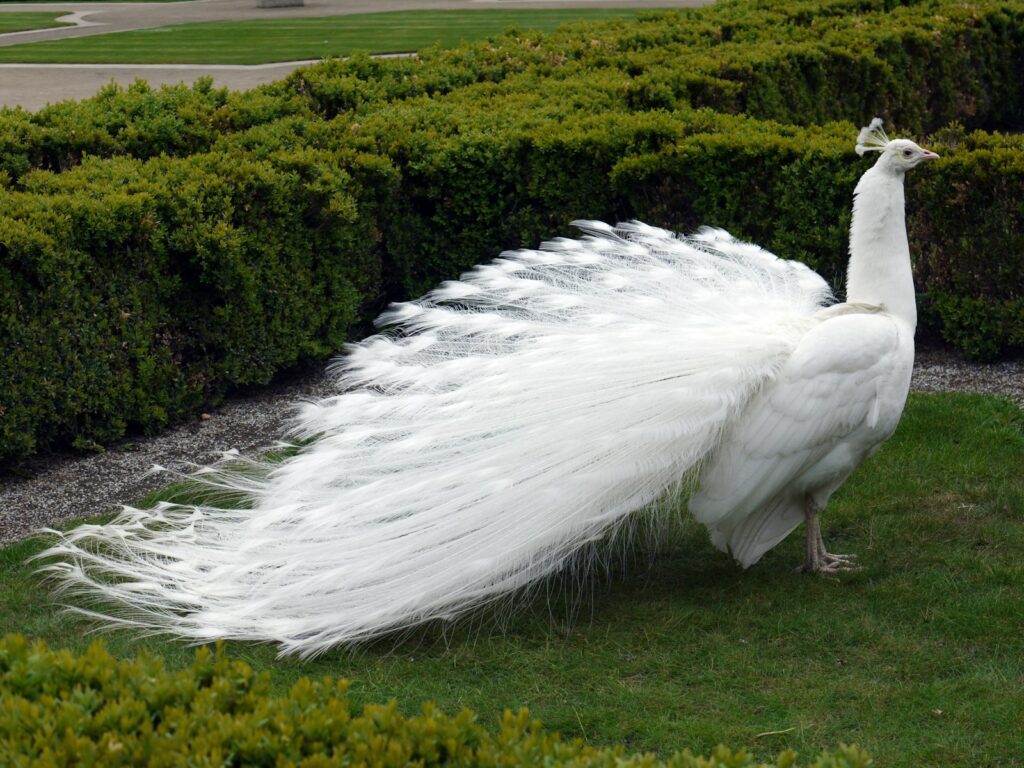
Despite careful precautions, accidents can happen during wing clipping, particularly if a blood feather is inadvertently cut. If bleeding occurs, remain calm and act quickly to minimize blood loss. Apply styptic powder or cornstarch directly to the bleeding shaft to promote clotting—the powder works by constricting blood vessels and forming an artificial clot. Apply gentle pressure with a clean cloth or gauze pad for about 2-3 minutes while keeping your bird calm and restrained. For more severe bleeding or if the bleeding doesn’t stop within 5 minutes, contact your avian veterinarian immediately as the blood feather may need to be completely removed by a professional. After the bleeding stops, monitor your bird closely for the next 24 hours for signs of weakness, lethargy, or renewed bleeding, which would warrant immediate veterinary attention.
Post-Clipping Adjustment Period
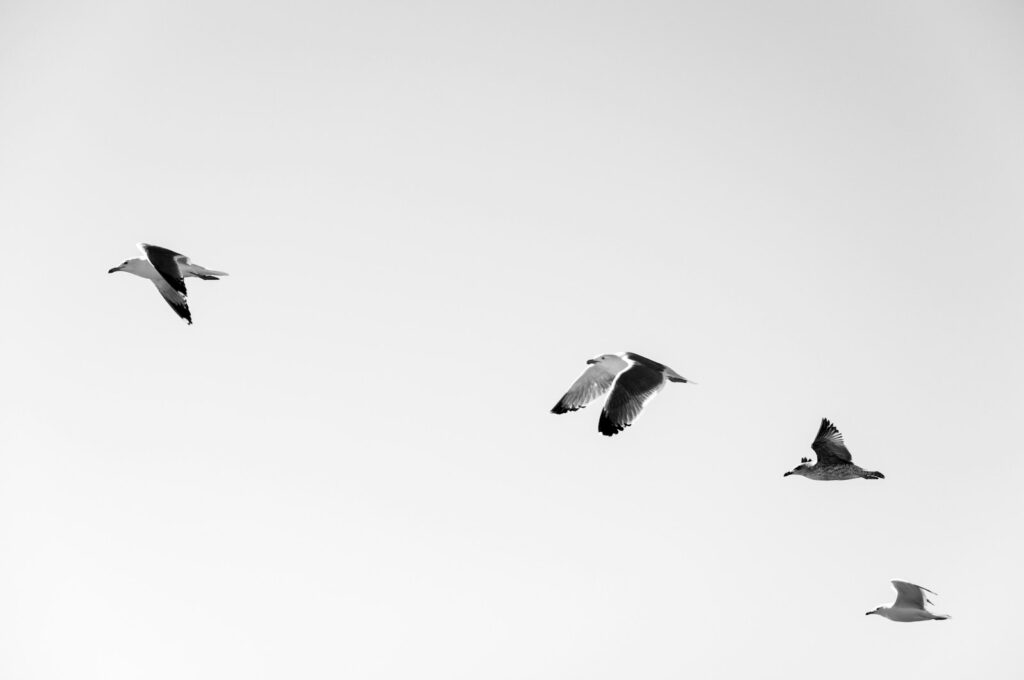
After wing clipping, birds typically need time to adjust to their altered flight capabilities, and this adjustment period is crucial for their physical and psychological well-being. During the first few days, your bird may seem slightly disoriented when attempting to fly, often miscalculating distances or landing awkwardly as it learns its new limitations. Create a safe environment by removing potential hazards and placing perches and food dishes at accessible heights to prevent falls or frustration. Some birds may exhibit temporary behavioral changes such as increased vocalization or clinginess as they adapt to their new reality. Be particularly attentive during this adjustment period, offering extra reassurance through positive interaction and favorite treats. Most birds adapt within a week, developing new movement strategies and confidence in their modified abilities.
When to Seek Professional Help

While many bird owners successfully clip wings at home, there are several situations where professional assistance from an avian veterinarian is warranted. If you’re a first-time bird owner or have never clipped wings before, scheduling a demonstration with your vet provides invaluable hands-on guidance specific to your bird’s species. Birds that are particularly aggressive, extremely nervous, or physically fragile may benefit from professional handling techniques that minimize stress. Species with unique wing structures or flight patterns, such as African greys or macaws, sometimes require specialized clipping approaches best performed by experienced professionals. Additionally, if your bird has a history of health issues, particularly respiratory problems that could be exacerbated by restraint stress, veterinary supervision during wing clipping is strongly recommended for safety.
Alternatives to Wing Clipping

For bird owners uncomfortable with wing clipping or those with birds that particularly benefit from flight, several alternatives exist to maintain safety while preserving flight capabilities. Flight training using positive reinforcement techniques can teach birds to come when called, avoid certain areas, and return to their cages on command, significantly reducing flight-related hazards. Creating a bird-safe environment by removing dangerous objects, covering windows with decals to prevent collisions, and installing secure screen doors can allow for safe indoor flight. Supervised “free flight” sessions in a contained room provide exercise benefits while maintaining control over potential hazards. Harness training offers another alternative, allowing birds to safely experience the outdoors while remaining securely tethered to their owner, though this requires patience and consistent training to implement successfully.
Ethical Considerations and Bird Psychology

The decision to clip a bird’s wings involves important ethical considerations regarding your pet’s natural behaviors and psychological well-being. Flight is an innate behavior for birds that provides physical exercise, mental stimulation, and a sense of security through escape options, making wing clipping a significant intervention in their natural capabilities. Some birds, particularly those who have previously experienced flight, may show signs of depression or frustration after clipping, including increased screaming, feather picking, or aggression. Responsible wing clipping involves weighing these potential psychological impacts against safety benefits and implementing compensatory enrichment if you do choose to clip. This might include providing additional climbing opportunities, puzzle toys, and increased social interaction to fulfill the mental and physical stimulation normally gained through flight. The most ethical approach often involves considering each individual bird’s temperament, living environment, and species-specific needs rather than applying a one-size-fits-all philosophy.
Conclusion

Wing clipping, when performed correctly, can be an important safety measure for pet birds living in potentially hazardous environments. By understanding proper techniques, using the right tools, and respecting your bird’s physical and psychological needs, you can perform this procedure humanely and effectively. Remember that wing clipping is a temporary modification that requires periodic maintenance as feathers regrow during molting cycles. Whether you choose to clip your bird’s wings yourself or seek professional assistance, the decision should always prioritize your bird’s overall well-being and quality of life. With the knowledge gained from this guide, you can make an informed choice that balances safety considerations with respect for your feathered companion’s natural behaviors and dignity.



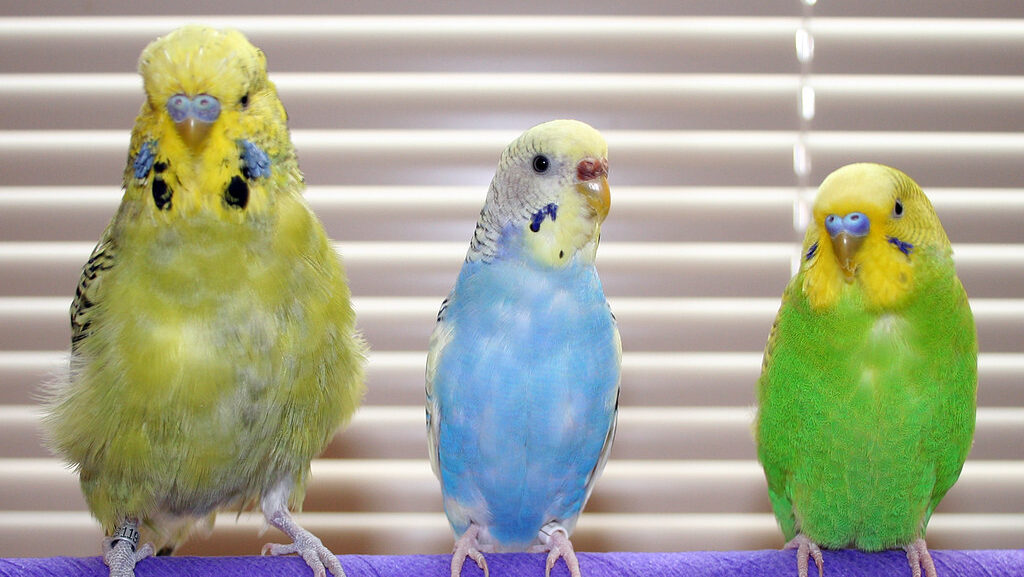

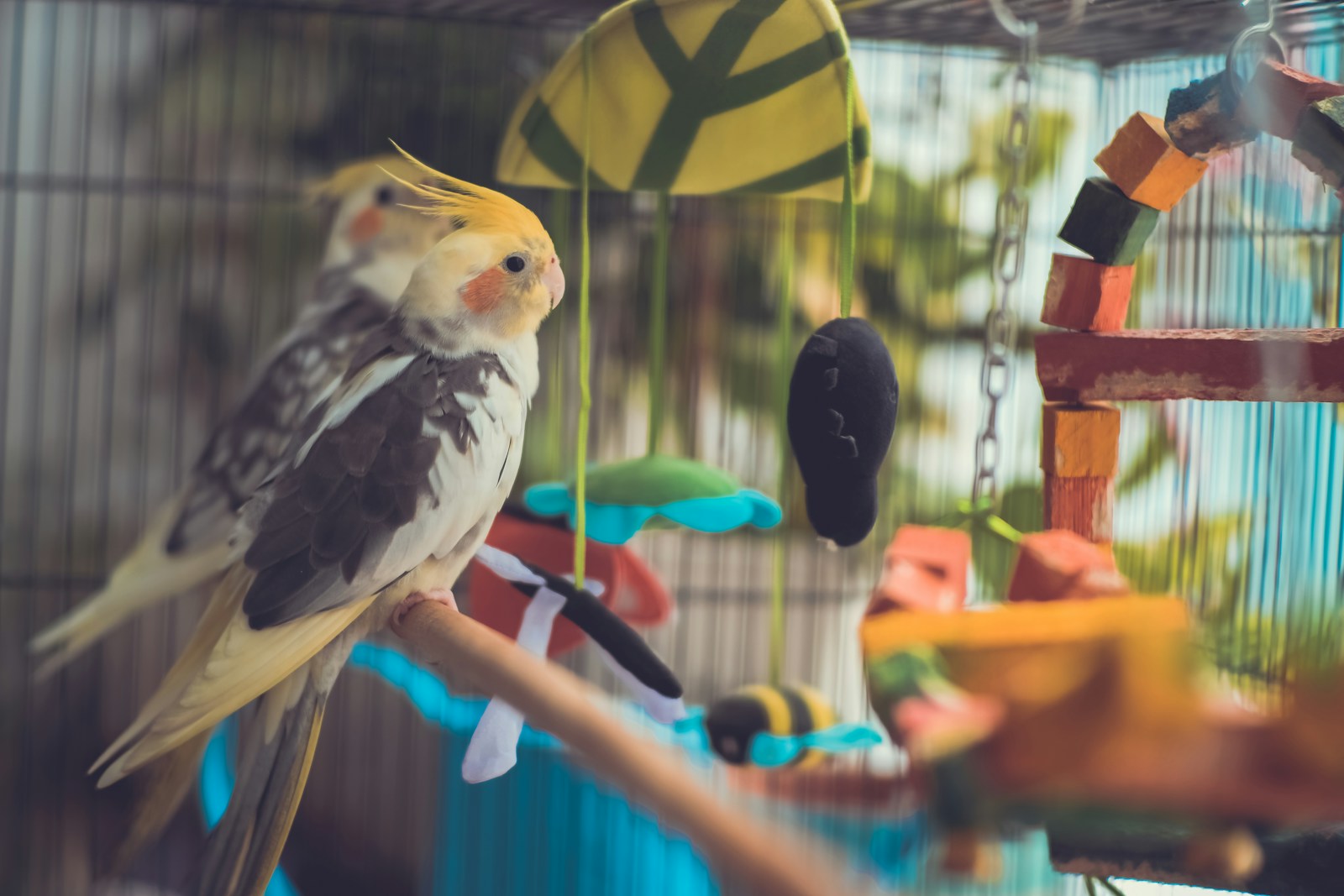
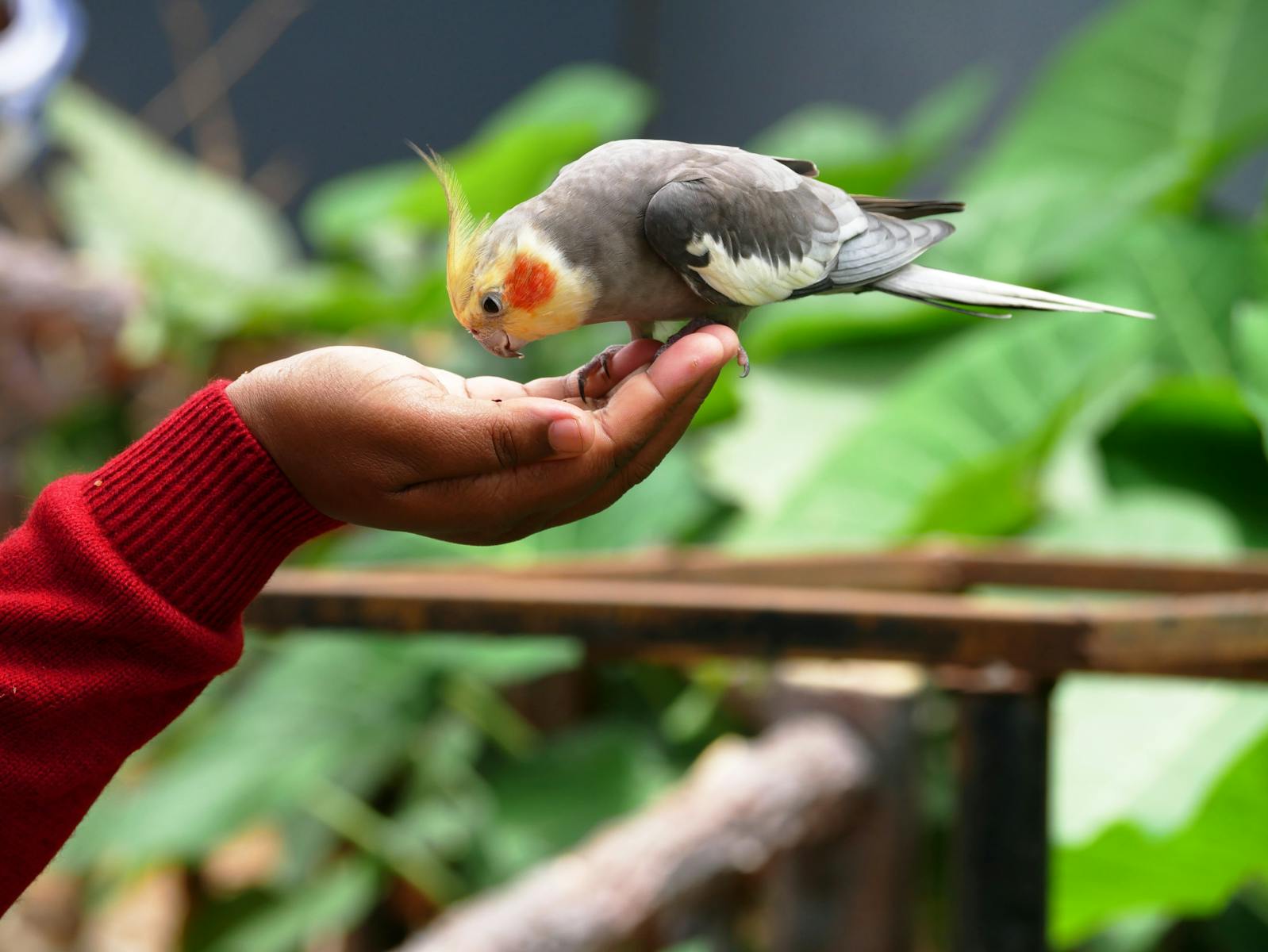
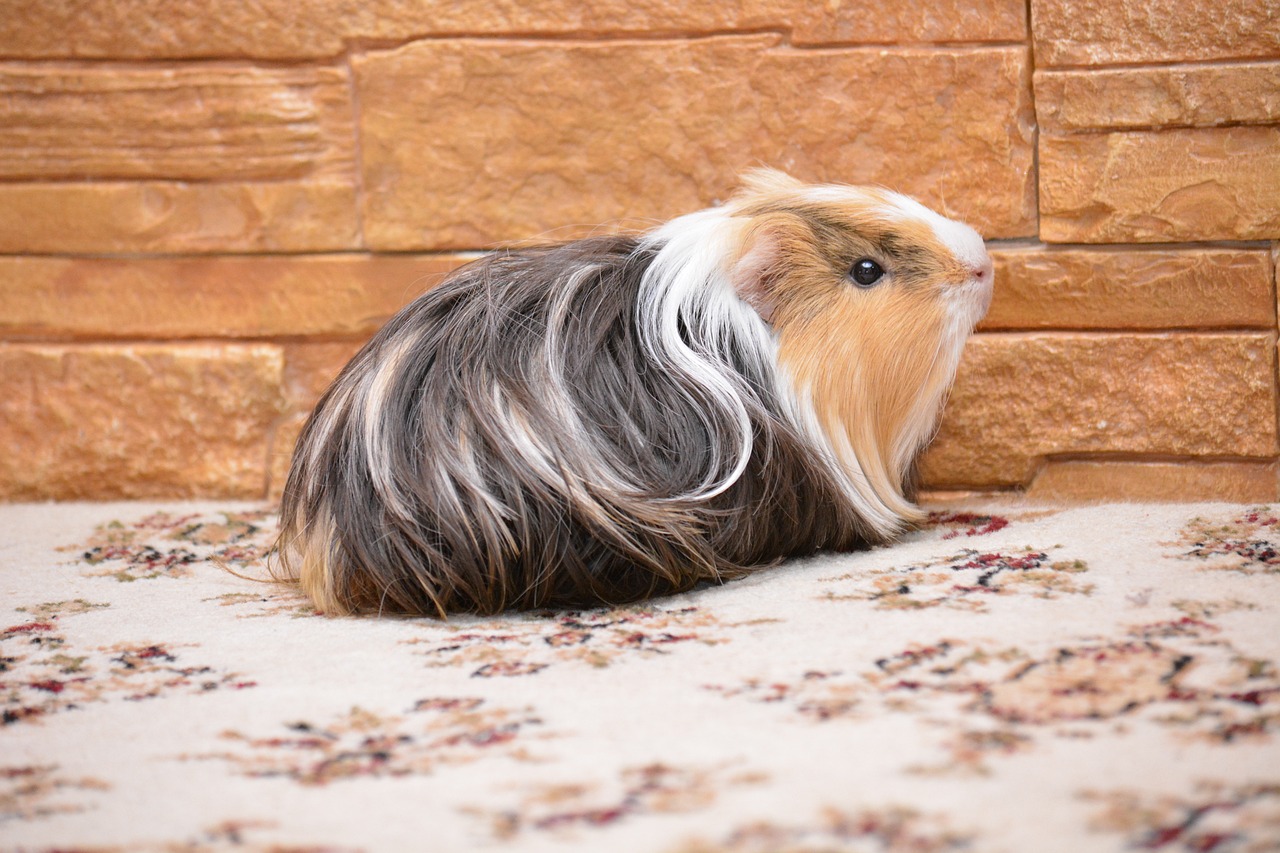
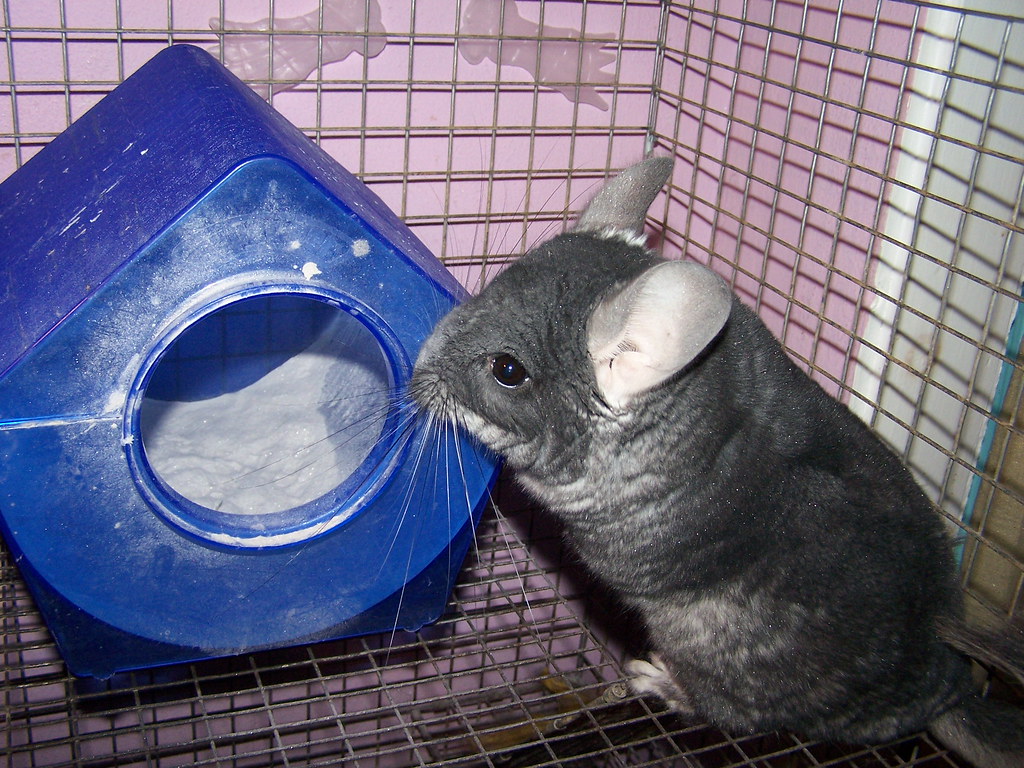
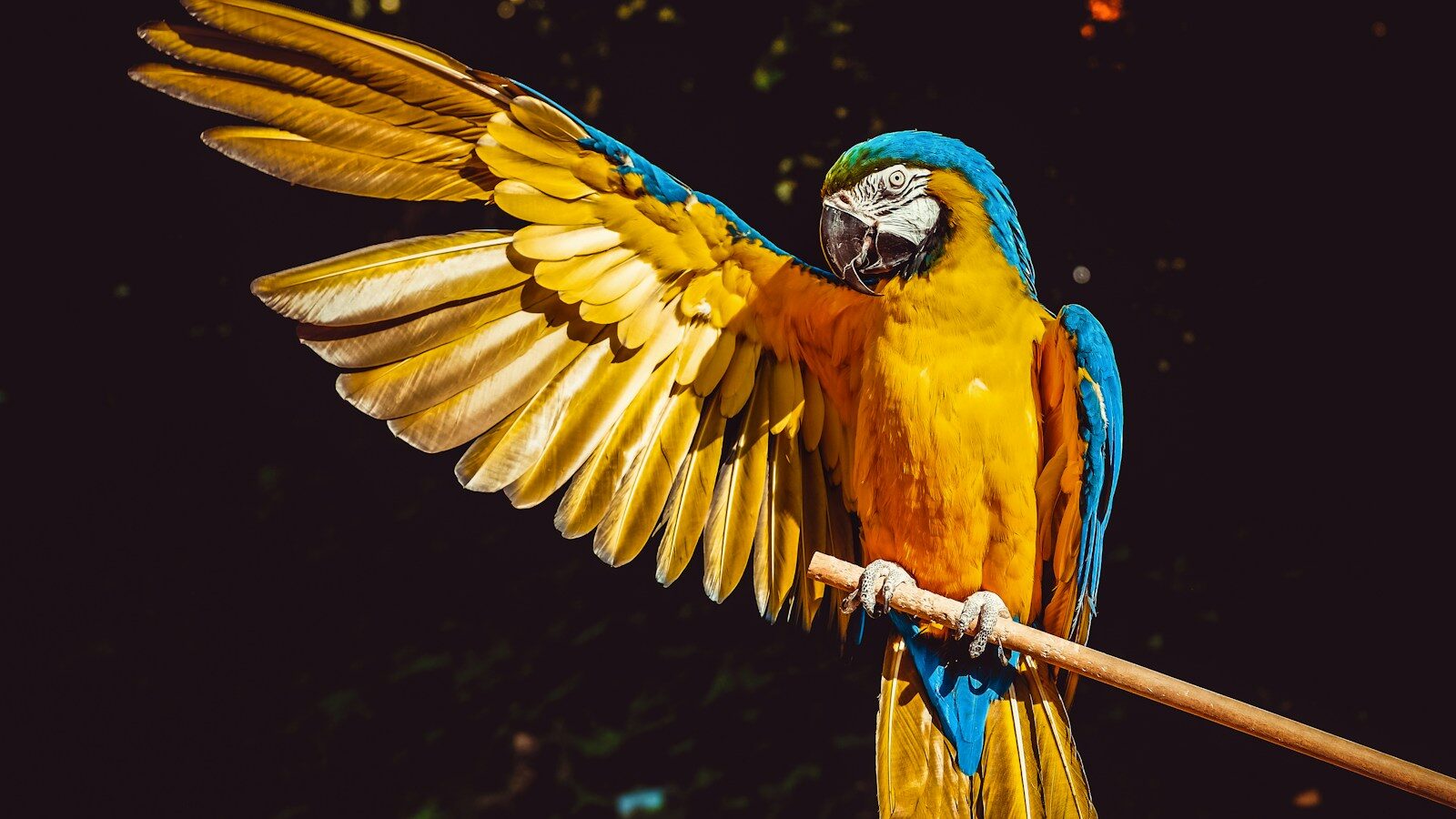

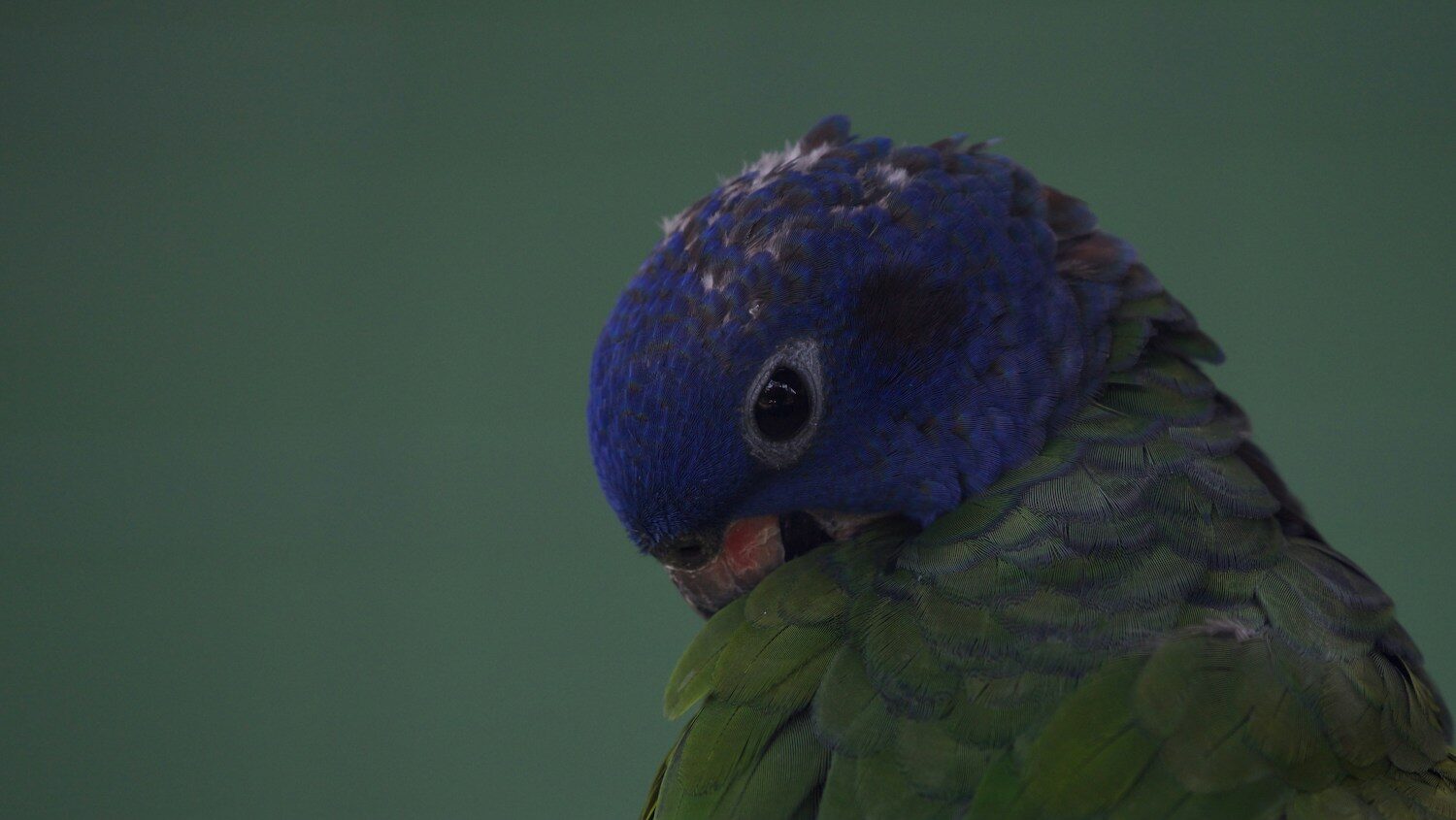




Leave a Reply